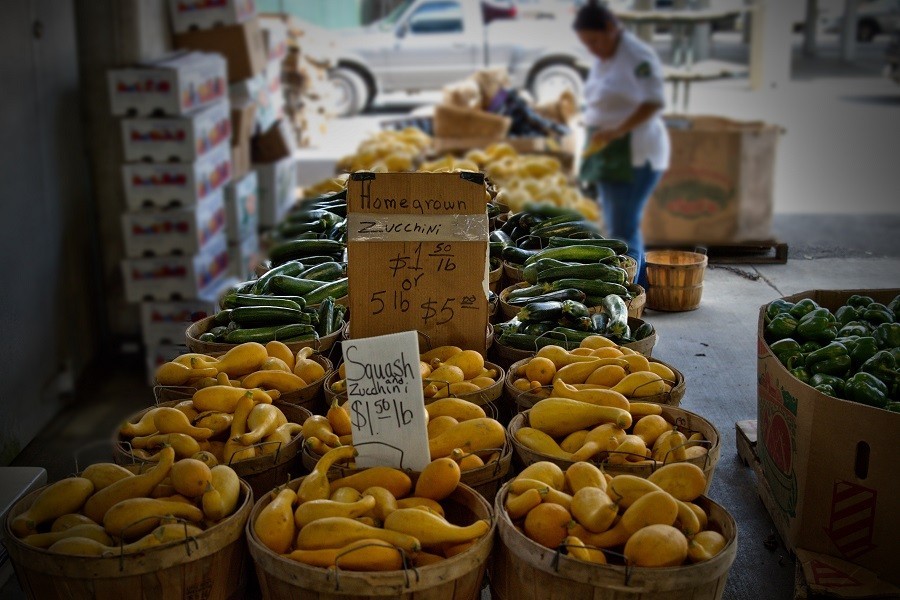The latest research from the University of Tennessee Institute of Agriculture indicates that during late April and early May 2020, approximately 525,000 Tennessee households were food insufficient, meaning they sometimes or often did not have enough to eat – that’s one in 10 families. About 30% of these struggling households were food sufficient prior to the onset of the pandemic.
The data for the study of Tennessee households were drawn from a national survey, the Household Pulse Survey, from April 23 to May 26. This time period coincides with the end of Tennessee’s statewide stay-at-home order. The survey’s measurement of food insufficiency is similar to very low food security which the federal government measures annually. “Between 2016 and 2018, approximately 5.2% of Tennessee households experienced very low food security,” said Jackie Yenerall, assistant professor in the Department of Agricultural and Resource Economics (ARE). “This makes the finding that 10% of Tennessee households were food insufficient in just the first few months of the pandemic all the more concerning.”
Adding to concerns about the current food insufficiency status, nearly half of the food-insufficient households were not confident in their ability to afford food in in the next four weeks. “Household characteristics across food sufficiency tell a story that is even more concerning,” said ARE professor and lead researcher Kim Jensen. “Food-insufficient families were more likely to have children under the age of 18 in the household and were less likely to be currently employed.”
Among the weeks included in the study, the week of April 23 through May 5 was the peak of need, with approximately 83,000 Tennessee households seeking assistance with free food from schools or other programs aimed at children, followed by food banks, family and friends.
The research team is comprised of the following faculty from the Department of Agricultural and Resource Economics: Kimberly L. Jensen, R. Jamey Menard, Jackie Yenerall and David W. Hughes.
The full report can be found on ARE’s Agri-Industry Modeling and Analysis Group’s COVID-19 Impacts website. The site features a collection of reports assessing the impacts of the COVID-19 pandemic on Tennessee’s agriculture and economy.
Through its land-grant mission of research, teaching and extension, the University of Tennessee Institute of Agriculture touches lives and provides Real. Life. Solutions. utia.tennessee.edu.





